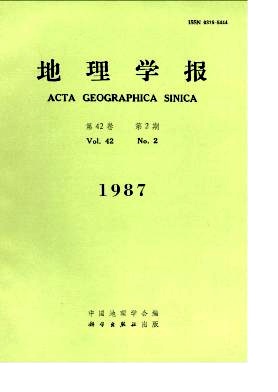Xia Yumei, Wang Peifang
On the basis of the dating of the spore-pollen analysis from drilling cores and outcrop sections of Qianan, Daging, Fuyu, Harbin, Changchun, Longjiang in the Songnen Plain, the period of the late Tertiary-Pleistocene was divided into 13 spore-pollen assemblages. During the late Tertiary tree pollen dominated and during the Pleistocene herb pollen dominated.According to the charesteristics of spore pollen assemblages and paleomagnetics and 14C dating, the succession of the paleibotany and paleoclimate in the region is as follows:(1) In the early epoch of the late Tertiary, the Pinus, Tsuga, Ulmus, Carya represented a mixed evergreen conifer-broad leaf deciduous forest, which belong to warm and humid climate. At the end of the late Tertiary, Pinus and Picea with a number of broad-leaf species formed a mixed temperate conifer-broad leaf forest with steppe type vegetation occurring in part; the climate had changed from warm and wet to mild and dry.(2) In the Pleistocene period, the vegetation in the region was dominated by temperate park steppe, meadow-steppe and steppe. In addition, the dark coniferous forest was distributed in isolated islands. During late Pleistocene epoch, the periglacial vegetation was distributed extensively, as the Climate of this period got drier and cooler.
